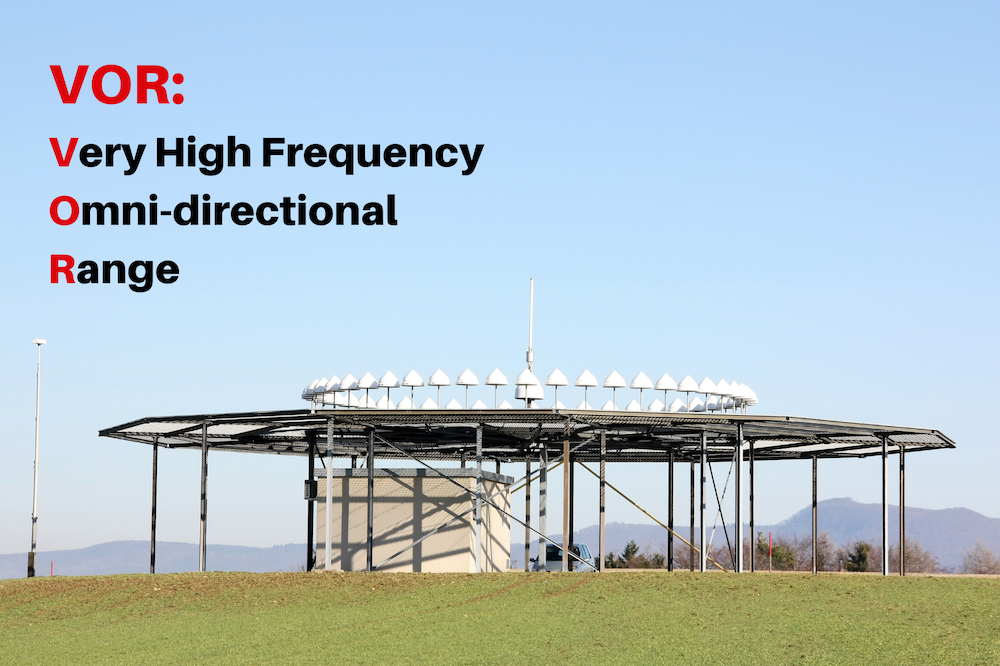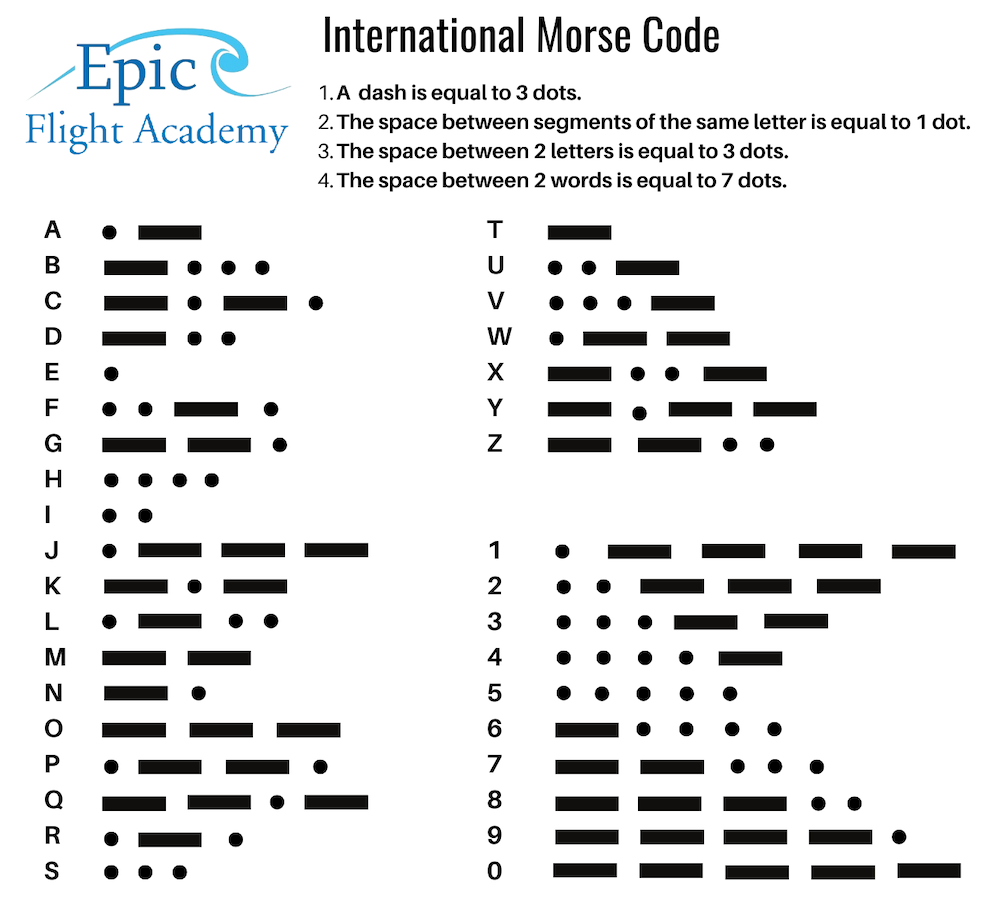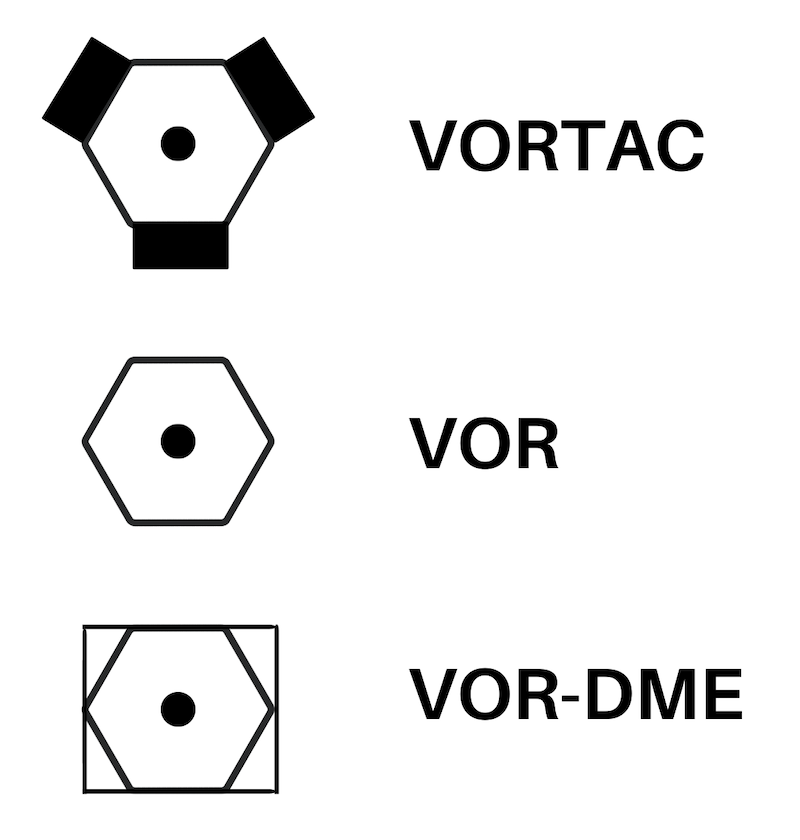What is VOR? Why do pilots use VOR?

VOR Definition and Meaning
VOR is an aviation term that stands for very high frequency (VHF) omni-directional range. It is a short-range radio navigation that pilots use for navigation. Radio beacons emit very high frequency radio waves that are received by aircraft. The range for signals is approximately 200 miles. Therefore, aircraft can pick up signals from multiple VOR stations. Piloting is even safer with navigation aids like this.
What does VOR do?
Basically, VOR stations broadcast a three-letter identifier in Morse code. All are oriented to magnetic north and emit beams as radial navigation. Therefore, 360 radials go out from every station. It uses the VHF frequency range, which is between 108.0 MHz and 117.95 MHz. Any aircraft with a receiver can confirm its position and remain on course. VORs are accurate to within one degree. They provide common checkpoints on cross-country flights.
How does VOR work?
Pilots can positively identify a VOR by either its Morse code identification or the recorded automatic voice identification. This is always followed by “VOR” after the range’s name. Many flight service stations (FSS) operate several omniranges with different names. Therefor, pilots should not rely on listening to voice transmissions by the FSS.
This navaid is subject to line-of-sight limitations. In other words, pilots can only receive its signals at increasingly higher altitudes as the distance of the aircraft from the VOR station increases. Ground stations use a specialized antenna system. This transmits an amplitude modulated as well as a frequency modulated signal.

What is a test code?
When undergoing maintenance, a facility may send out a test code. The Morse code signal will spell out T-E-S-T. Or, the code will be removed during maintenance.
VOR equipment may decode the identifier and display it so pilots can verify it on their charts. Other equipment may display the expected identifier from a database. This helps pilots verify against the audio tones. Pilots should be familiar with their aircraft’s equipment. If your aircraft automatically decodes the identifier, you won’t need to verify with audio.
Is the GPS transition eliminating VOR stations?
Although most pilots now fly the approach using GPS, not all airports have a GPS approach. Most pilots use every tool available when flying under instrument flight rules (IFR), including VOR. However, the FAA has been decommissioning these stations as they are not as necessary as they once were. Also, it is expensive to maintain so many stations. Therefore, the FAA began a gradual reduction starting in 2012 to phase about approximately half of the stations with a plan to leave 500 or so. The remaining stations cover the core 30 airports, which are the largest. This is known as the Minimal Operation Network (MON).
What are the current VOR classifications?
The 3 original types were: Terminal, Low, and High. However, the FAA added two new VOR service volumes in 2020. These are VOR Low (VL) and VOR High (VH).
- Terminal – Out to 25 NM; from 1,000 feet up to 12,000 feet above the receiver
- Low – Out to 40 NM; from 1,000 feet up to 18,000 feet above the transmitter
- High – Out to 40 NM, from 1,000 feet above the station to 14,500 feet; out to 130 NM, from 18,000 feet above the station to 45,000 feet; and out 100 NMs from 45,000 feet above the transmitter to 60,000 feet
- VL – Out 40 NMs, from 1,000 feet above the station to 5,000 feet the signal; and out 70 NMs from 5,000 feet up to 18,000 feet
- VH – 5 layers ranging out 40 NM to 130 NM from 1,000 feet to 60,000 feet
How do pilots do a VOR check before their IFR flights?
Pilots, be aware that the FAA requires testing and calibration of your aircraft’s indicator no more than 30 days before any IFR flight. Here are some ways pilots do this:
- VOT signal
- VOR checkpoint
- Dual VOR check
- Airborne VOR check
What is VORW?
The majority of VORs are capable of transmitting voices on the VOR frequency. Those without voice capability are indicated by a ‘W’ (for ‘without’) in the class designator (VORW).

Chart Symbols
Pilots can locate stations through chart symbols. These are indicated by a dot inside a hexagon.
Related Terms and Abbreviations
- FSS – Flight Service Station
- NAVAID – navigational aid
- VHF – very high frequency
- VOR – very high frequency omni-directional range or VHF omnidirectional range
- VOR-DME – combines VHF omnidirectional range with a distance-measuring equipment
- VOR MON – VOR Minimal Operation Network
- VORTAC – VOR and TACAN combination
- VORW – very high frequency omni-directional range without voice capability
- VOT – very high frequency omni-directional range test facility
